Prince of Orange Mall: A Retail Landmark's Journey
Nestled in Orangeburg, South Carolina, the Prince of Orange Mall is a testament to the evolving landscape of retail and community spaces. Since its grand opening on August 15, 1984, this mall has been more than just a shopping destination; it's been a vibrant part of the local fabric.
Developed by Orangeburg Associates and designed by the architectural firm Pegram Associates and Riddle & Pegram, the mall initially emerged as a bustling hub for commerce and social interaction.
In its heyday, the Prince of Orange Mall was a beacon of retail success, attracting residents and visitors with its wide array of stores and services. It served as a shopping center and a place for things to do in Orangeburg, SC.
The mall's significance was further amplified by its location at the northern end of the town, making it a prominent landmark within the city limits. However, as the years progressed, the mall witnessed a series of changes that mirrored the shifting tides in the retail industry.
Ownership transitions, such as the sale to National Property Analysts in 1986 and later to Hull Storey Gibson Companies in 1998, marked pivotal moments in the mall's history. These changes brought about renovations and restructuring, yet they also signaled the beginning of challenges impacting the mall's standing in the community.
The departure of key anchor stores, a common narrative in the retail sector's evolution, left a noticeable impact on the Prince of Orange Mall.
The closure of Sears in 2013 and JCPenney in 2020 marked the end of an era for the mall, reflecting a broader trend of declining foot traffic and changing consumer preferences.
Despite these setbacks, the mall continued to house a variety of tenants, ranging from local businesses to well-known chains, striving to maintain its relevance in a rapidly changing retail environment.
As of 2024, the Prince of Orange Mall stands at a crossroads, embodying the history of traditional retail spaces and the uncertainties of their future.
The Inception and Early Years of Prince of Orange Mall
The Grand Opening and Design
The Prince of Orange Mall, a symbol of retail innovation, opened its doors on August 15, 1984, in Orangeburg, South Carolina.
Developed by the visionary team at Orangeburg Associates, this mall was not just a shopping center but a landmark project for the city.
The architectural brilliance of Pegram Associates and Riddle & Pegram gave the mall a distinctive look and feel, setting it apart from conventional shopping centers of the time.
Establishing a Retail Haven
From its inception, the mall attracted a diverse range of stores and services, quickly becoming a go-to destination for shoppers.
Its spacious layout and modern design catered to various retail outlets, offering something for everyone.
The mall's early years were marked by a bustling atmosphere, driven by a mix of local and national retailers that drew crowds across the region.
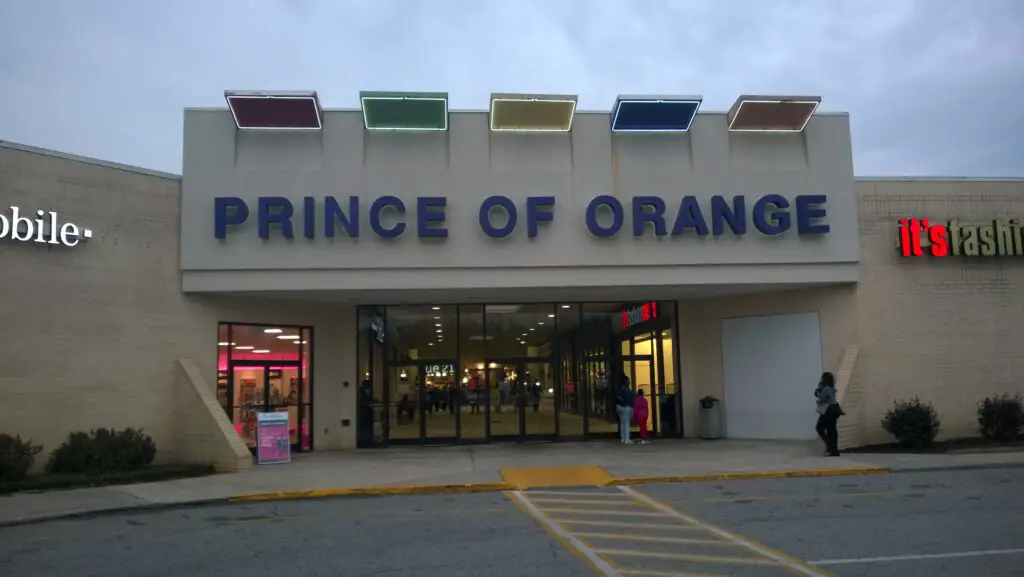
Changes in Ownership and Structure
Transition to National Property Analysts
In a significant shift, the mall changed hands in 1986, just two years after its opening. National Property Analysts acquired the property, marking the beginning of a new chapter in the mall's history.
This transition reflected the dynamic nature of the retail real estate market, showcasing the mall's potential as a valuable asset.
Hull Storey Gibson Companies' Acquisition
A pivotal moment came in 1998 when Hull Storey Gibson Companies, known for their expertise in revitalizing shopping centers, took ownership of the mall.
At the time of purchase, the mall was undergoing foreclosure, a challenge Hull Storey Gibson was prepared to tackle. Their acquisition signaled a renewed focus on reviving the mall's fortunes.
Renovations and Structural Changes
Under the new ownership, the Prince of Orange Mall underwent significant renovations. These changes were aimed at modernizing the space and attracting new tenants.
The mall's transformation included interior design and layout updates, enhancing the aesthetic and shopping experience.
Additionally, structural changes were made, most notably the demolition of the Key Catalog Showroom in 2015, which reflected the evolving needs and preferences of retailers and shoppers alike.
Anchor Stores and Their Impact on Prince of Orange Mall
The Role of Original Anchor Stores
The Prince of Orange Mall initially boasted a collection of anchor stores key to its appeal and success.
These included renowned names like Belk, JCPenney, Sears, and Key Catalog Showroom. These stores were not just retail spaces but the pillars supporting the mall's foot traffic and popularity.
Each store brought unique brand appeal, attracting many customers and contributing significantly to the mall's vibrant atmosphere.
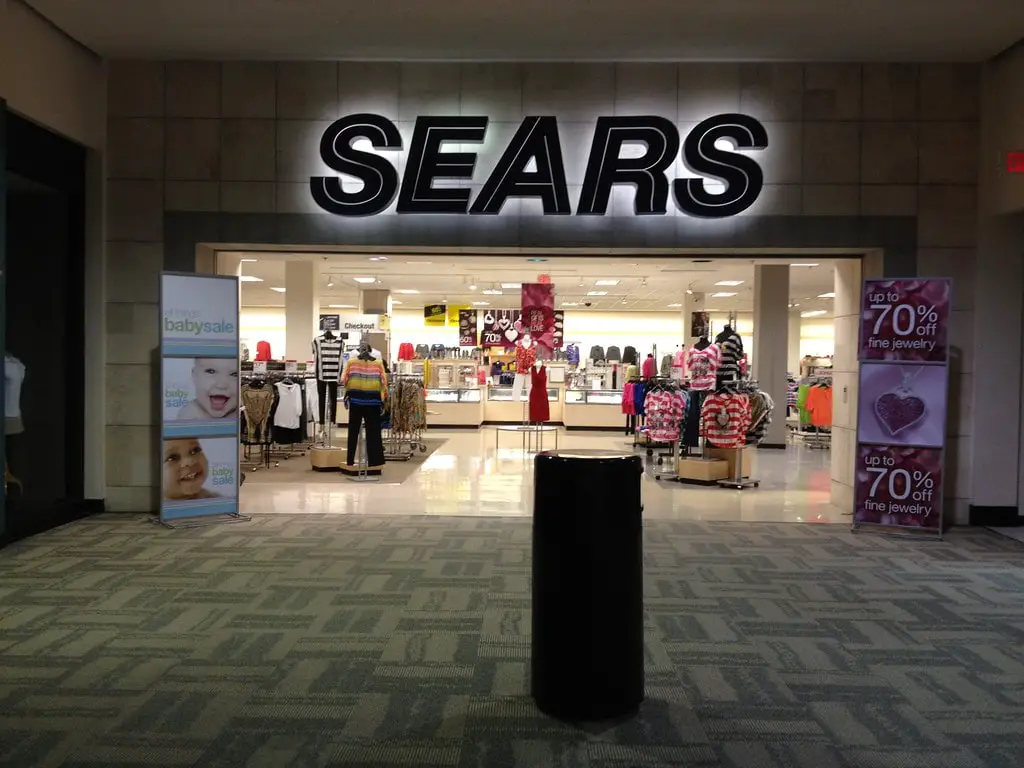
The Closure of Sears and JCPenney
The retail landscape began to shift dramatically with the closure of Sears in 2013, a significant blow to the mall's traffic and appeal.
This event was a part of a larger national trend affecting traditional department stores. The situation escalated when JCPenney, another major anchor, shut its doors in 2020.
These closures indicated brick-and-mortar stores' challenges in an increasingly digital shopping era.
Impact on Mall Traffic and Tenant Mix
The departure of these anchor stores had a ripple effect on the entire mall. It led to a noticeable decrease in foot traffic, affecting the smaller retailers.
The mall's tenant mix began to change, with some stores closing and others struggling to attract customers.
This period marked a transition for the Prince of Orange Mall, grappling with the changing dynamics of retail and consumer behavior.
The Decline of Prince of Orange Mall
Factors Contributing to the Mall's Decline
Several factors contributed to the gradual decline of the Prince of Orange Mall. The loss of major anchors like Sears and JCPenney was a significant factor, but broader changes in the retail industry compounded it.
The rise of online shopping and shifting consumer preferences towards more experiential and convenience-oriented shopping options played a crucial role.
Additionally, the increasing competition from other shopping centers and retail formats added to the mall's challenges.
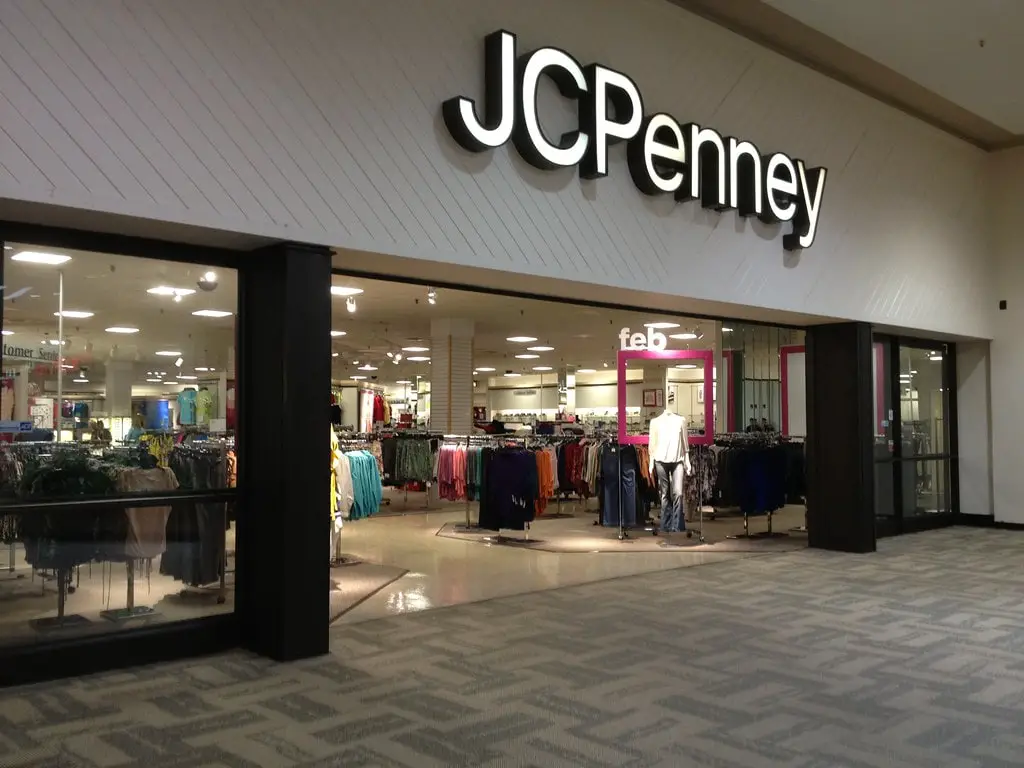
Decrease in Occupancy and Loss of Tenants
As a result of these changes, the mall experienced a decrease in occupancy rates. Losing key tenants led to vacant storefronts, diminishing the mall's appeal and vibrancy.
This decline in occupancy affected the mall's aesthetics and ability to attract new and diverse tenants, further exacerbating the situation.
The Impact of COVID-19 on Prince of Orange Mall
During the pandemic's peak, most stores in Prince of Orange Mall were forced to close their doors temporarily.
This closure was in line with the widespread shutdowns that affected various sectors, particularly those requiring close contact with customers, such as retail.
The mall, known for its variety of shopping and dining options, saw a drastic reduction in foot traffic, severely impacting the revenue of its tenants.
The pandemic also shifted consumer behavior, significantly increasing online shopping as people avoided public places.
This shift posed a challenge for the mall's retailers, who already needed help to compete with the convenience and variety offered by online platforms.
The closure of dine-in services at restaurants within the mall further compounded the economic strain.
Current Tenants and Operations at Prince of Orange Mall
A Diverse Array of Retailers and Services
Despite the challenges, Prince of Orange Mall continues to host a variety of tenants, each offering unique products and services.
As of 2024, the mall's retail landscape includes stores like Denim Lab, Snipes, It's Fashion Metro, Trendz, and Rue 21.
These stores cater to various fashion and lifestyle preferences, showcasing the mall's adaptability to current retail trends.
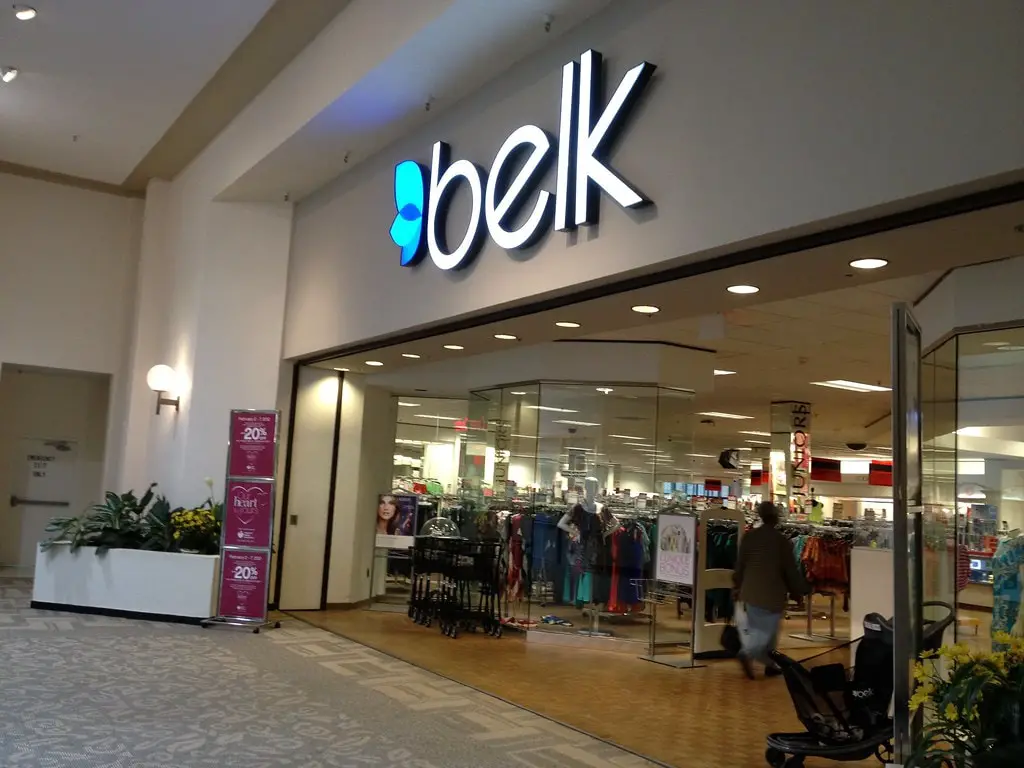
Anchor Tenant and Outparcel Stores
Belk remains the sole anchor tenant, continuing to draw customers with its wide selection of brands and merchandise.
Outparcel stores such as Alltel Wireless, T-Mobile, McDonald's, Church's Fried Chicken, and PetSense further support the mall's ecosystem.
These outparcels add to the mall's appeal by offering additional shopping and dining options, contributing to the overall customer experience.
Service-oriented businesses and Recreational Spots
The mall also houses service-oriented businesses like May Gifts, Perfume & Gifts, Bath & Body Works, General Nutrition Center (GNC), Lee Nails, Jewelry World, and May Jewelers.
Food options like Adrian's Restaurant and Hot Wok also provide culinary diversity. The presence of U.S. Marines, Navy, and Army Recruiting centers adds a unique aspect to the mall and serves the community differently.
Reflecting on the Journey of Prince of Orange Mall
Summarizing the Mall's Evolution
The Prince of Orange Mall's journey from a bustling retail hub to its current state is a narrative shared by many malls nationwide.
It reflects the broader shifts in the retail industry and consumer habits. The mall's history, marked by changes in ownership, tenant mix, and structural modifications, mirrors the challenges and transformations the retail sector faces.
Broader Implications for Retail Spaces
The story of Prince of Orange Mall offers valuable insights into the future of retail spaces, especially in smaller communities. It highlights the need for adaptability and innovation in changing market dynamics.
The mall's evolution from a traditional shopping center to a potential mixed-use space indicates the broader trends in retail real estate.
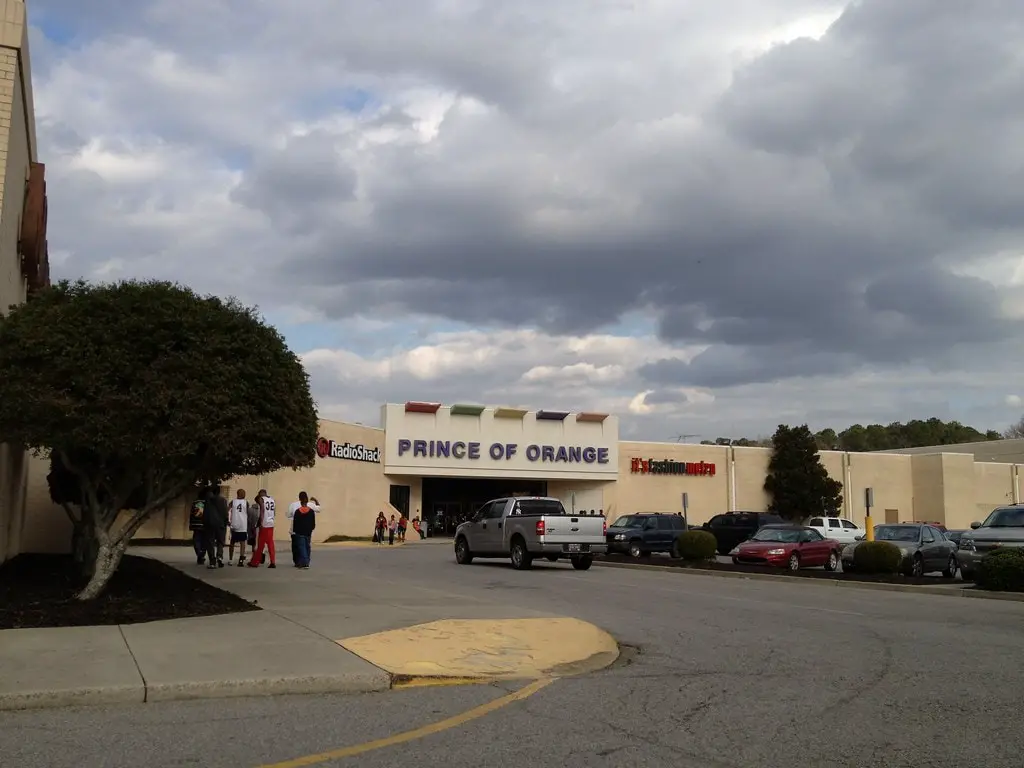
The Evolving Nature of Shopping Malls
As we reflect on the Prince of Orange Mall's past and look toward its future, it's clear that shopping malls are no longer just about shopping.
They are evolving into spaces that serve various community needs, from social gatherings to diverse services.
The mall's journey is a testament to the resilience and adaptability required in an ever-changing retail landscape.

we need more stores in the mall there no we're to go shopping
Thank you for sharing your view. The voices of community members play a vital role in shaping the future of local establishments like Prince of Orange Mall.
iam from Orangeburg County and I know that they can put a target and a ulta beauty there.
Having Target and Ulta Beauty in Orange Mall would definitely attract more visitors and cater to a wider range of shopping preferences.
I think this mall is toast. Nothing there.
Thanks for sharing your view. Shopping centers must stay relevant and appealing, something Orange Mall might need to work on.